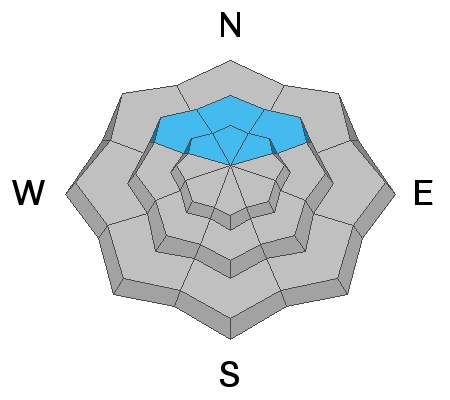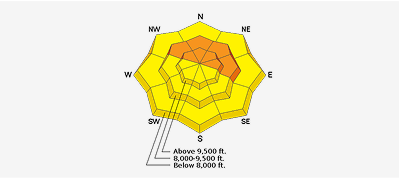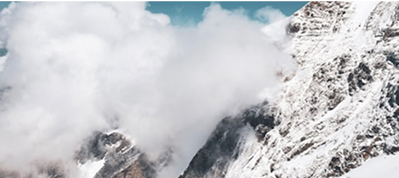Forecast for the Skyline Area Mountains

Issued by Brett Kobernik on
Thursday morning, January 6, 2022
Thursday morning, January 6, 2022
The avalanche danger remains CONSIDERABLE on mid and upper elevation northwest, north and northeast, and east facing slopes. Large human triggered avalanches are likely.
The snowpack is becoming more stubborn. It is slowly becoming less likely to trigger an avalanche. That said, you won't see me on any steep slopes on the north half of the compass.

Low
Moderate
Considerable
High
Extreme
Learn how to read the forecast here







